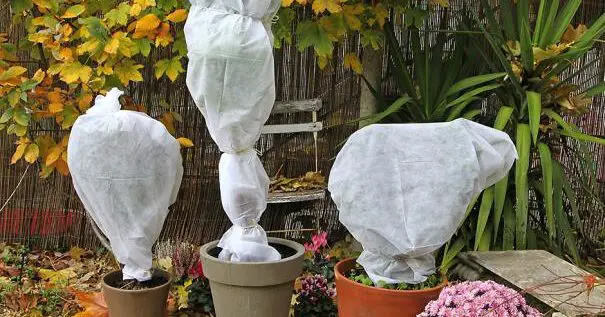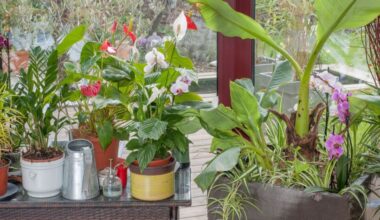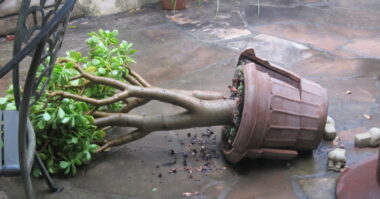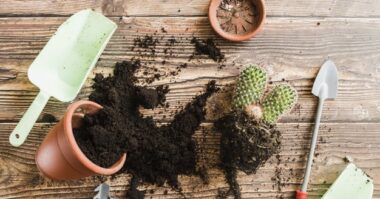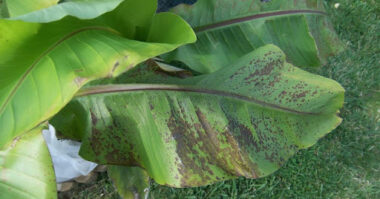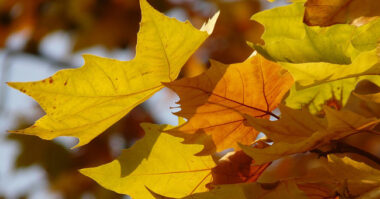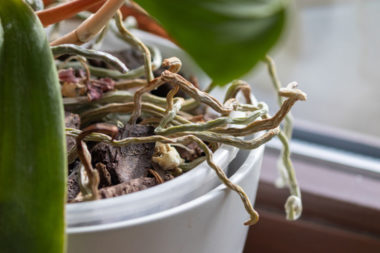The thermometer is dropping and you’re afraid for your fragile plants? Before swaddling everything, ask yourself if it’s really worth it. The answer is not so simple. You all know the idea of bubble wrap, but also think about protecting your plants from wind and moisture, as these are all factors that can threaten them in the coldest part of winter.
And distinguish between potted plants and plants in the ground. Some can remain in place, others must be dug up and placed under cover of the cold during the winter. Beware, protection methods vary according to the type of plant.
Contents
Should I cover my plants at 39 degrees?
One thing is certain: protecting your plants is more complex than it seems. And a picture showing you how to wrap bubble wrap around a palm tree won’t help you!
Sometimes, this type of protection is worse than the cold because the confinement causes condensation or mildew that makes the plant die. Use a winterizing veil or cloche instead.
In conclusion, as a safety measure, it may be worthwhile to cover your plants overnight if the temperature drops below 39° or 40° F.
Which plants should be covered to protect from the cold?
Evergreen shrubs can suffer some foliage damage if frosts are severe. So plan to protect with one or two layers of winter cover:
- Mexican orange trees ;
- Daphne odora ;
- Camellias;
- the most rustic oleanders when they are in the ground (‘Villa Romaine’, ‘Atlas’ or ‘Italia’).
- lagerstroemia (protection of the buds)
- Clerodendron (buds sensitive to cold).
- Garden plant protected by a wintering veil
- Garden plant protected by a wintering veil
If you have grown all these shrubs in pots that you want to leave outside, do not forget to protect the container with cardboard, polystyrene or bubble wrap.
Among the climbers, only the passionflower and the jasmine need to be sheltered in very cold weather. Stretch a veil over their support to avoid the bite of the frost.
9 ways to protect plants in cold weather
1. Tuck plants in
Plants in pots or containers are more exposed to the cold than their cousins in the ground, because the entire surface of the container is in contact with the air.
Bring them indoors, but beware of temperature shock! Choose a cool room, such as a cellar, a veranda or the garage, and place them near a window.
However, a few checks are necessary before bringing your little protégés together.
2. Move plants to avoid wind
If you leave your potted plants outside, move them out of the wind. The wind is bitter and icy, damaging leaves and weakening branches. Near a wall or under an arbour, your plant will be a little better protected. You can also install a windbreak net on your balcony.
3. Cover with dead leaves
Covering your plants with dead leaves is also a good solution. This creates a kind of cover for the plant underneath, so it will be much less affected by the cold.
4. Putting down mulch
To protect the roots and nourish the plants, nothing is better than mulching your pots.
5. Install heaters to warm the air
The city of Nice had to install electric heaters to warm its palm trees and prevent frost from attacking them. Take a cue from this approach and install lights, whose bulbs will warm the air enough to prevent a frosty film from forming. Your plants must be covered to work.
6. Don’t overwater
Just because it’s cold doesn’t mean you should overwater your plants, quite the opposite. Keep a light hand, and in case of prolonged frost, it is recommended to water with warm water to warm up the roots.
7. Empty the saucers to avoid frozen water
In cold weather, any standing water left outside freezes. It damages the roots and cools the soil. Empty all the saucers of your pots to avoid this phenomenon.
8. Protect the pots
Depending on the material of your container, it will be less permeable to the cold. Don’t hesitate to wrap your pots with newspaper, or with a geotextile garden felt.
9. Harvesting flowers and fruits
Any flower or fruit still on the plant will weaken it. To save it, pick the wilted flowers, and harvest the fruits, even if they are not fully matured.
How to protect plants from the cold according to their location?
Plants in pots
They are sensitive to cold because nothing protects them on the terrace or in the garden, roots and foliage being in the wind. The most fragile species are placed in the veranda or in the garden shed with a window.
The others are protected from the east and north winds by grouping them under a wall, north if possible, where the thermal amplitude is the lowest during the day.
Another solution: their pots are buried completely under a hedge or a screen (canisse, heather, wooden panel…). If you wrap the pot, the plastic film must touch the ground to create an air mattress under the pot. The plant itself is protected by a wintering veil in one or two layers depending on its fragility.
In the beds
Some plants in beds are also cold. As there is no question of digging them up, they must be sheltered in place. For those whose vegetation disappears, the heart of the plant is protected by foliage used as mulch and maintained on the ground. If the forcing bell is effective, it is however necessary to aerate often to avoid the excess of humidity.
For the gelling shrubs, it is advisable to protect the trunk with a thick mulch (braided rush, reed, rye straw, rice straw…) wrapped around the trunk and the stake, and held in place with ties (string, wire…).
The foliage is covered with a wintering veil which will be doubled on the most fragile plants. For large plants, the use of a frame facilitates the installation by avoiding to tear off delicate buds in spring.
In the greenhouse
To protect plants in the middle of winter, a greenhouse must at least be kept frost-free. A heater becomes necessary in the coldest regions.
The electric heater is simple to install, if you have provided a sufficiently powerful power supply, and easy to use thanks to a built-in thermostat. A blower model homogenizes the temperature inside the greenhouse, avoiding the creation of hot and cold zones.
In the coldest regions, it is wise to insulate the greenhouse. If it is not equipped with double glazing, use bubble plastic fixed on the inside of the glass with double-sided adhesive or specific clamps, taking care of the connection areas.
It is also a good idea to place polystyrene panels (sold in DIY stores) or wooden boards at the base of the glass walls. This limits heat loss at floor level and provides lasting insulation.
